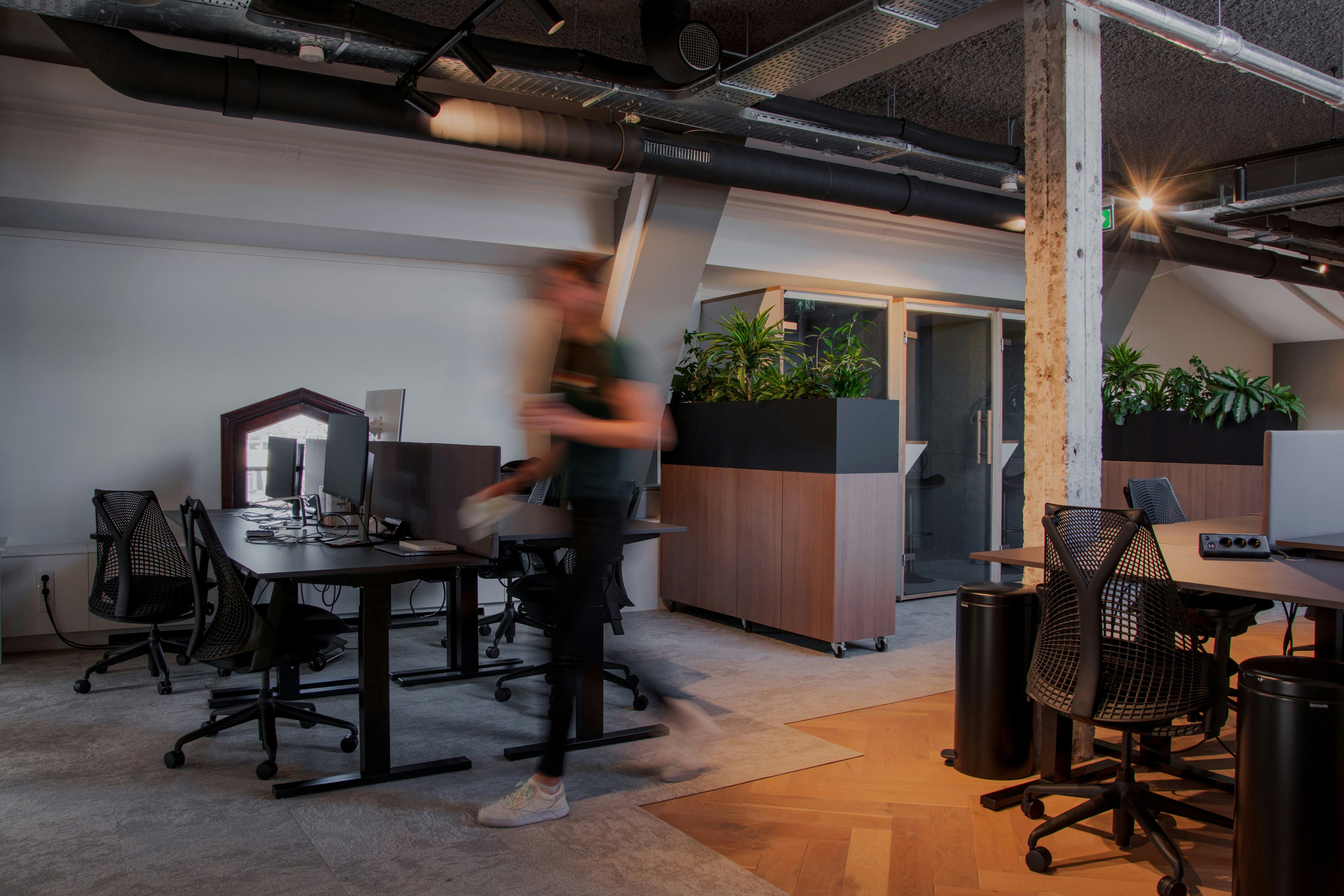

The hospitality industry has mastered something that many workplaces struggle with: making people feel genuinely welcome from the moment they walk through the door. As organizations grapple with hybrid work models and the challenge of drawing employees back to physical offices, there's a compelling case for borrowing from the hospitality playbook.
Think about your last hotel stay. You walked into the lobby, approached the front desk, and within minutes had everything you needed: room key, Wi-Fi password, restaurant recommendations, and directions to the gym. No lengthy orientation process, no confusion about where to find basic amenities, no need to hunt down someone to help you navigate the space.
Now consider the typical office experience for a new employee or first-time visitor. They might wait in an unwelcoming reception area, struggle to find the right elevator, wander through maze-like corridors, and spend precious time figuring out how to connect to Wi-Fi or locate the nearest restroom. The contrast is stark.
Hotels succeed because they design with the guest experience at the center of every decision. Every touchpoint, from the lobby layout to the placement of amenities, is carefully considered to reduce friction and enhance comfort. This human-centered approach to space design isn't just about aesthetics—it's about understanding how people naturally move through and interact with the environment.
The hospitality approach extends far beyond first impressions. Hotels anticipate needs before guests even realize they have them. The coffee station is prominently placed and always stocked. Workspaces are available in multiple configurations—some for privacy, others for collaboration. Lighting adapts to different times of day and activities. Technology works seamlessly across devices and locations.
“These days, there are many voices sharing a dystopian vision of the future of the workplace. From Succession to Severance, the common threads — in Hollywood’s imagination, at least — are isolation, control, surveillance, and a general disregard for people’s autonomy and well-being.
But the real future of work? It’s not dystopian. It’s deeply human. It is not about designing better mandates or more clever perks. The challenge in front of us is to design places that empower creativity, build belonging, and support people and teams to do their best work — whatever that looks like.” Elisabeth Brink, Gensler
The shift reflects a fundamental change in how we think about office amenities. What were once considered perks are now baseline expectations. Employees who have grown accustomed to working from carefully curated home environments expect their workplace to offer comparable—if not superior—experiences.
For managers working to encourage office attendance, the hospitality model offers a roadmap. People need compelling reasons to leave their home offices, and those reasons extend beyond work requirements. The office must offer value that remote settings cannot match.
This means creating spaces that serve multiple purposes: focused work areas that rival the quiet of a home office, collaborative zones that spark creativity, social spaces that build community, and amenities that make daily life easier. Just as hotels layer services to create a complete experience, successful offices are becoming full-service environments that support both professional and personal needs.
The hospitality industry's success stems from its relentless focus on human behavior and needs. Hotels study traffic patterns, monitor service touchpoints, and continuously gather feedback to refine the guest experience. They understand that comfort and convenience aren't luxuries—they're fundamental to creating spaces where people want to spend time.
Workplaces can adopt similar approaches by observing how employees actually use their environment, identifying pain points in daily routines, and designing solutions that feel intuitive rather than imposed. This might mean rethinking reception areas to function more like hotel concierges, creating clear wayfinding systems, or ensuring that basic needs—from food and beverages to quiet spaces—are easily accessible. Workplace analytics can help workplace leaders quantify occupancy patterns and make data-driven design decisions.
The goal isn't to turn offices into hotels, but to embrace the hospitality mindset: putting human needs at the center of design decisions and creating environments that people genuinely want to experience.
Successful implementation requires more than just adding amenities or redesigning lobbies. It demands a fundamental shift in how organizations think about their physical spaces—from cost centers to strategic assets that directly impact employee satisfaction, productivity, and retention.
This transformation also requires ongoing attention to feedback and continuous improvement. Just as hotels regularly survey guests and adjust services based on their responses, workplaces must create systems for gathering and acting on employee input about their physical environment.
At Solve, we believe that putting humans at the center of workplace design and ensuring their feedback is heard is essential for creating spaces where people truly thrive.
.png)
Solve Q2 & Q3 Release Notes: Smarter Maps, Faster Navigation, and Better Analytics

Hereworks Solve Use Cases: From Invisible Issues to Measurable Results

From Concept to Implementation: Your 3-Step Guide to Deploying Hereworks Solve
.png)
Solve Q2 & Q3 Release Notes: Smarter Maps, Faster Navigation, and Better Analytics

Hereworks Solve Use Cases: From Invisible Issues to Measurable Results

From Concept to Implementation: Your 3-Step Guide to Deploying Hereworks Solve